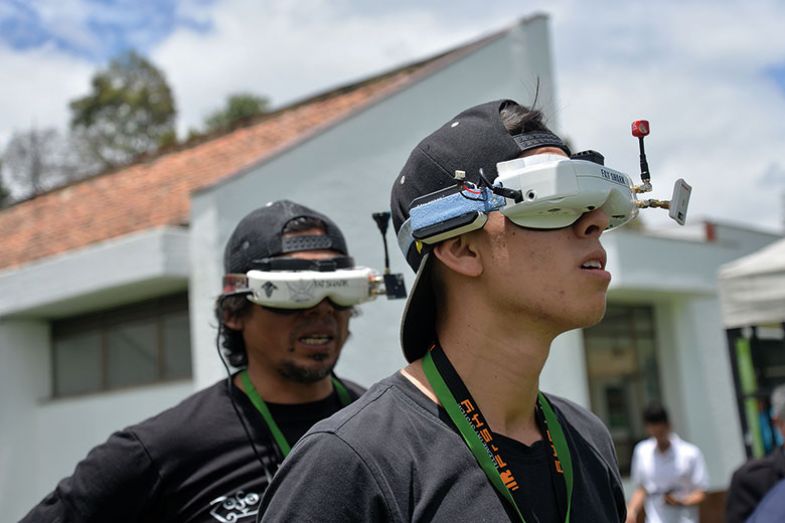Browse the full Times Higher Education Latin America University Rankings 2019 results
Higher education is undergoing a transformation worldwide. It is hard to predict what shape the system might take in the future, but it seems that higher education, both scholarly and technical, will eventually be universally available to all.
The services provided by universities will become more varied and flexible to better meet the needs of students, employers and society more widely. Information technology will play a more important role in teaching; artificial intelligence, the internet of things, big data and blockchain will be powerful tools for teaching and research.
At the same time, students’ and scholars’ national and international mobility will expand, and people will demand different types of lifelong learning.
In this dynamic context, higher education institutions will come under pressure to provide more access to students from different backgrounds; to adapt as education evolves and becomes ever more interdisciplinary; to generate knowledge and innovations that enable us to solve national problems from an increasingly global perspective; and to develop responsible citizens.

In Latin America, reforms are under way in almost every country. The adjustments differ depending on a system’s mix of public and private provision, the quality of education that institutions offer and the allocation of resources. In all cases, however, serious concerns about quality and accountability are at the heart of the efforts.
The nations of Latin America must change rapidly, but they are handicapped by meagre investments in higher education, science and technology and also by inflexible institutional frameworks.
Across the region, we still struggle to ensure that all those who finish high school have the necessary tools and skills to succeed at university; there are significant differences in the quality of education at different universities; we do not incorporate and make the most of technological improvements; and we rarely use AI to teach.
While countries pin their hopes on higher education institutions, they neglect to provide them with the necessary resources. In Peru, for instance, public universities invest $2,500 (£1,900) per student on average, and private ones invest $2,000, according to data from the country’s Ministry of Education and its quality assurance agency SUNEDU. In comparison, the average investment per student for countries in the Organisation for Economic Cooperation and Development was $15,500 in 2016.
The poor quality of higher education in Latin America, combined with the need for universities in the region to compete internationally, means that there is demand for greater financial and human resources and for genuine and enduring political commitment. Without these, it is unlikely that universities will fulfil their educational and research missions to promote the development of their communities and countries.
Furthermore, universities’ educational costs tend only to rise over time given the always increasing costs of maintaining and expanding infrastructure, keeping up with technological developments and attracting and retaining talented staff. To address this issue, we need to make important decisions about the nature, scale and distribution of public expenditure, taxation, scholarship programmes and educational loans, in addition to setting investment goals.
If the university sector in Latin America is to change, it must join the international mainstream in embracing what could be called “the need for a permanent revolution in higher education”. This involves developing new ways of working, streamlining decision-making processes and strengthening technological and educational skills. The challenges ahead mean there is a lot of work to do, and we can most efficiently tackle them if institutions work together.
Efraín Gonzales de Olarte is president of the Pontifical Catholic University of Peru.




